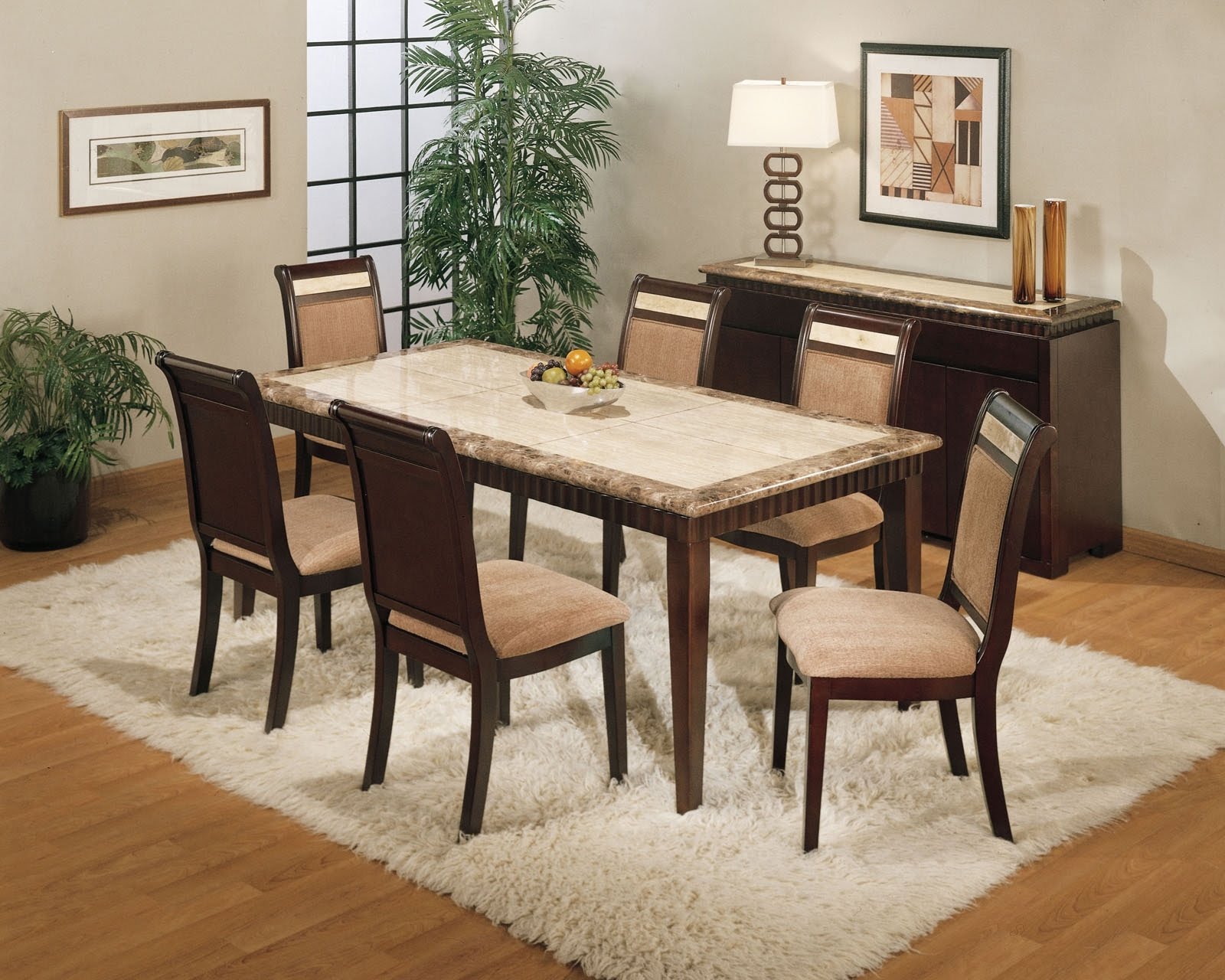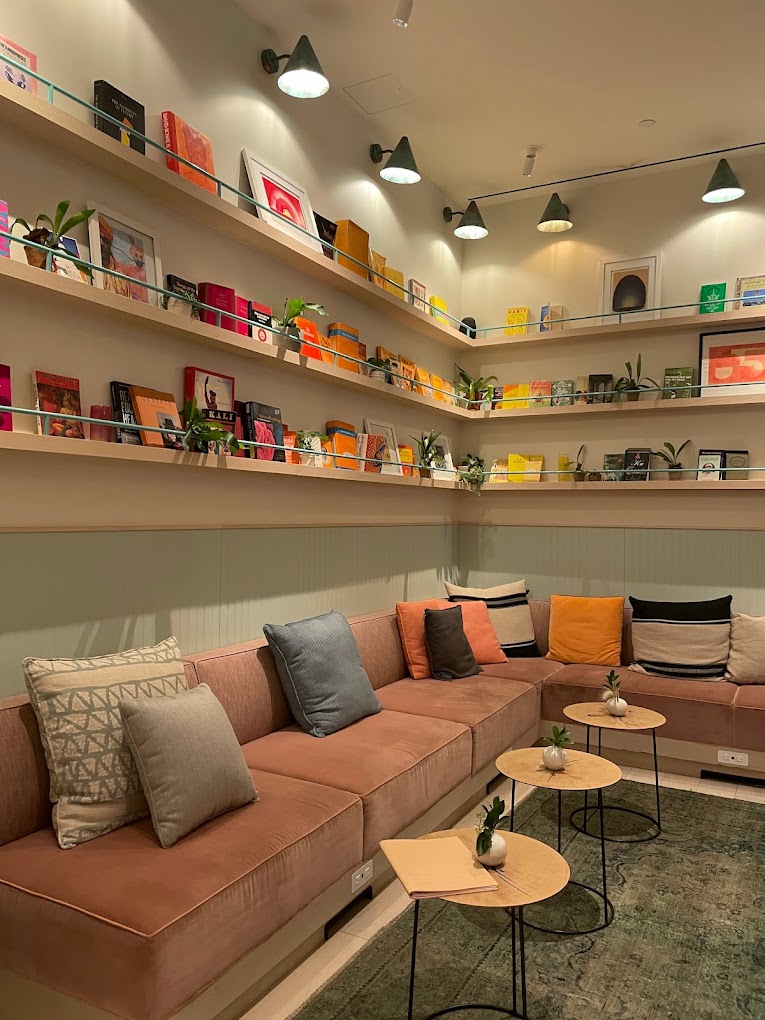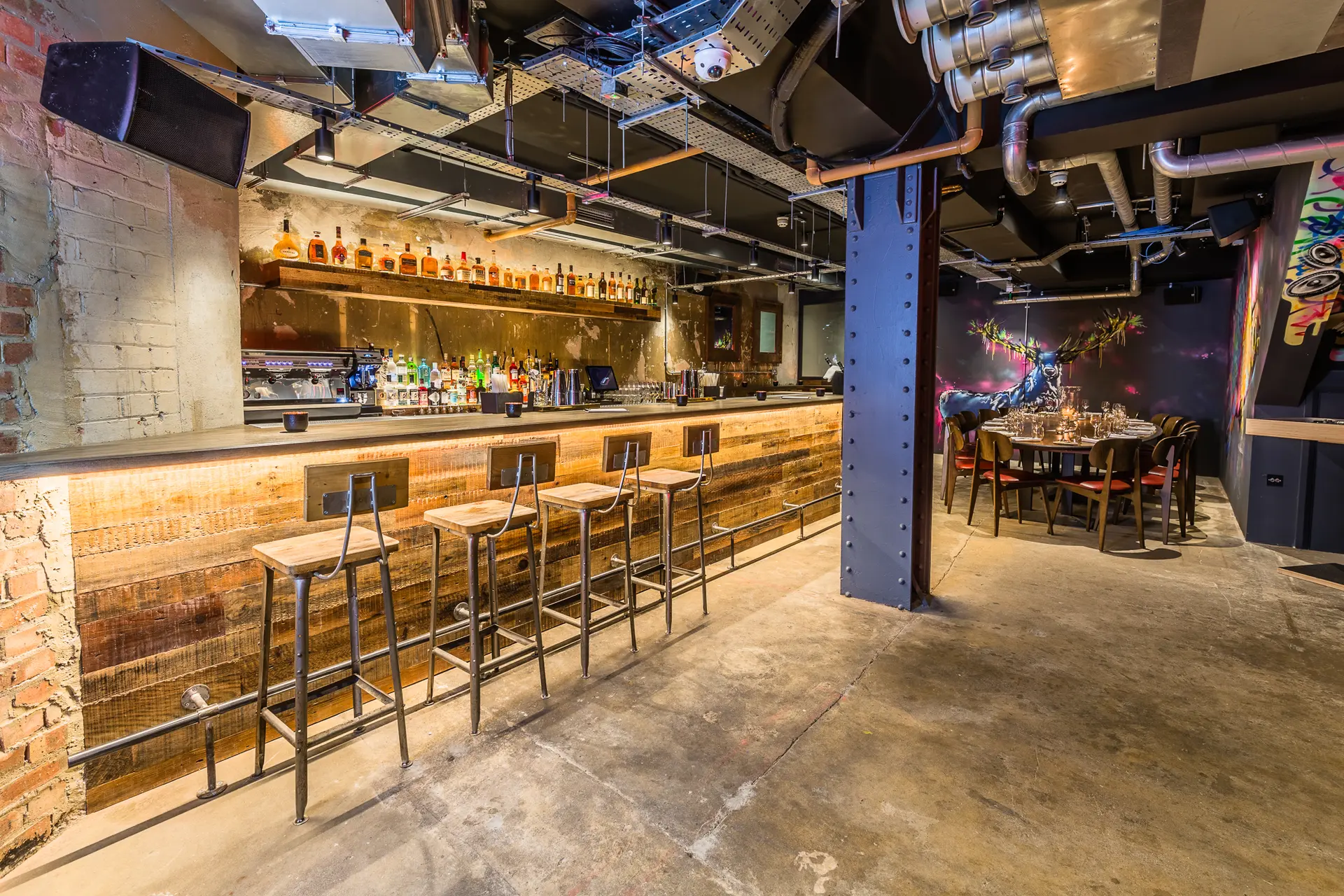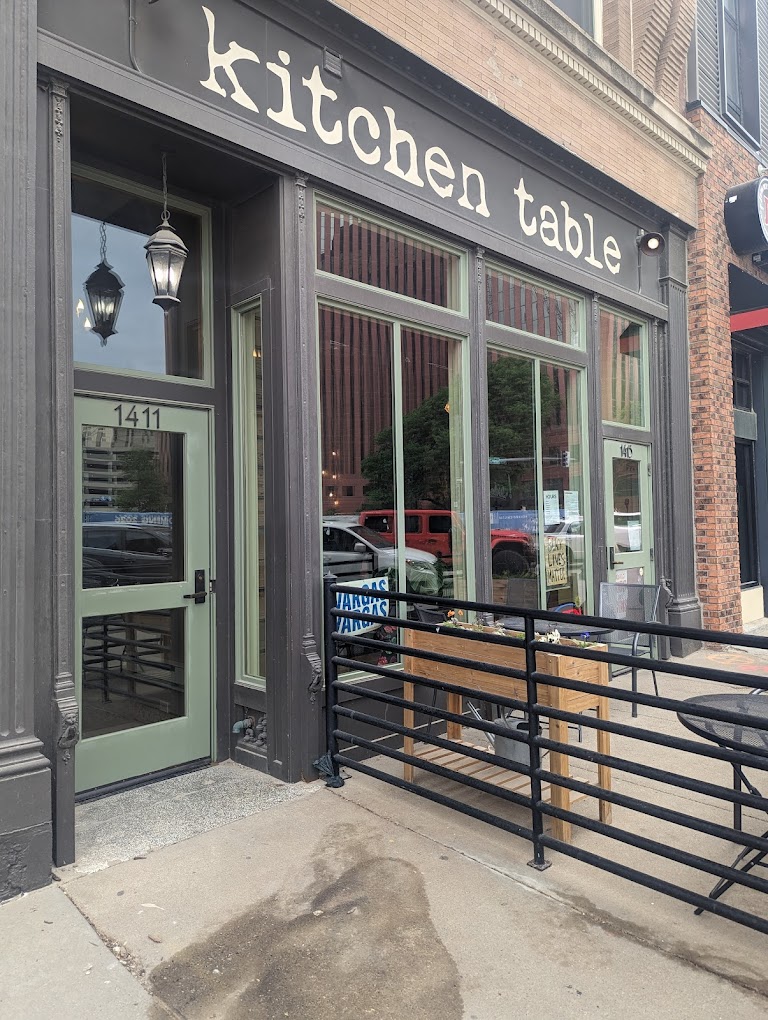Choosing a dining table color to complement light-colored wooden floors can be challenging. The right table hue can beautifully enhance light floors without clashing. Certain colors tend to coordinate more seamlessly than others for a cohesive look.
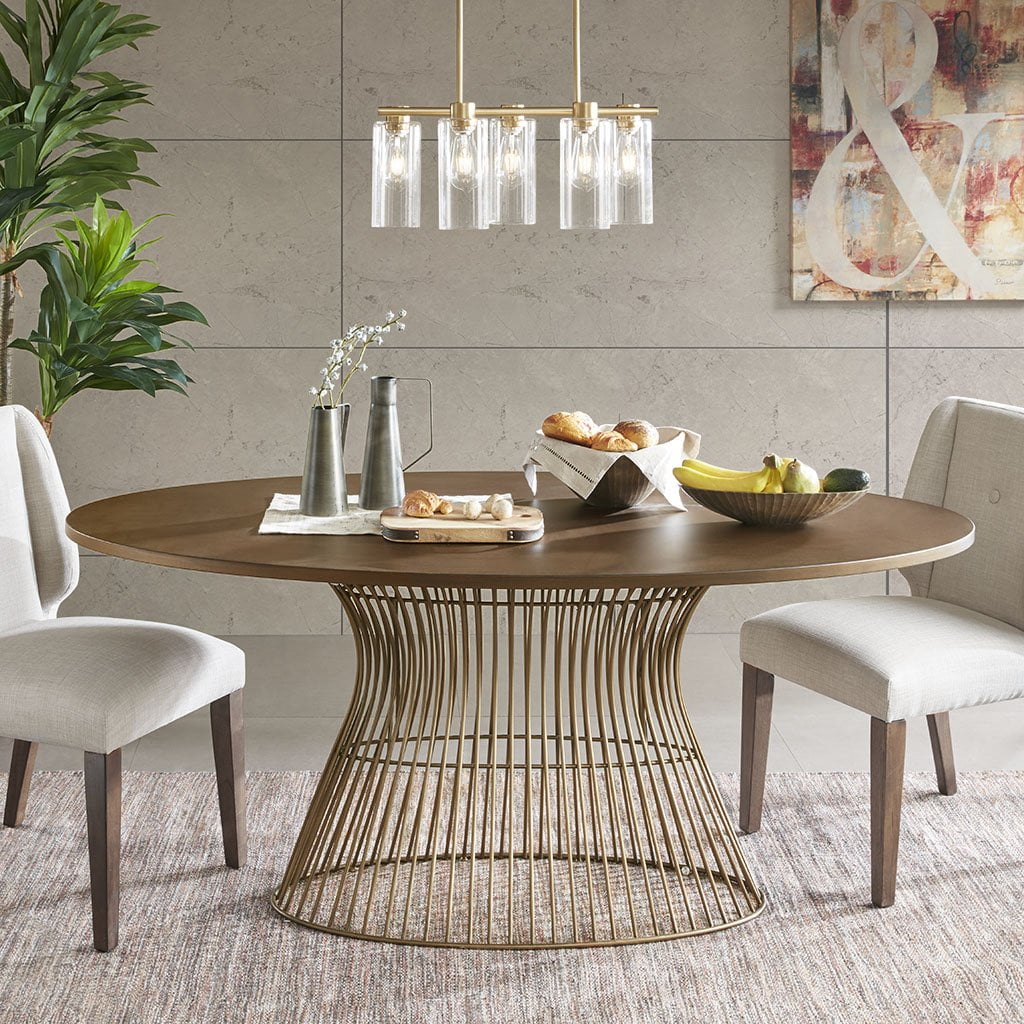
Neutral Tones
Stick with neutral natural wood tones or off-whites for the dining table to match light floors:
- Light brown table – A shade lighter than the floors creates cohesion. Distressed, whitewashed, or driftwood tables complement without matching.
- Beige – From creamy ivories to warm taupes, beige dining tables enhance light floors through tone-on-tone harmony.
- Gray – Cool, muted grays from greige to charcoal provide subtle contrast while still matching the light floors.
- White – Crisp white dining tables pop against natural wood floors for relief. Soft painted whites integrate better than stark brights.
Neutrals in the same color family as light wood floors effortlessly coordinate while making the table a focal point.
Avoid Matching Wood Colors
Picking a dining table in the exact same wood species and stain as the floors competes visually and feels bland. The table disappears rather than complementing. Opt for slightly lighter or grayer wood tones instead.
Seek Contrast Through Texture
Inject color contrast through table materials with varied textures:
- A crystal glass tabletop over a solid wood base contrasts light floors while reflecting light.
- Marble or stone table materials provide cool mineral color pops against warm wood.
- Metallic dining tables in bronze, brass, and nickel contrast while glimmering.
Textural materials infuse color differently than opaque wood stains.
Use Color and Pattern Sparingly
Pops of color or pattern can accent light floors elegantly when used judiciously:
- Colored glass tabletops like azure, seafoam, or rose quartz provide transparent hues.
- Bold or patterned table bases relate without overwhelming the floors.
- White tables with bright or deep-colored chairs unite the palette.
- Patterned table runners can incorporate colors within the floor’s scheme.
Accent colors enhance but dominantly colored dining tables compete with light wood floors.
Matching the undertones while playing with shade variation, texture, and accents creates a light wood floor and dining table pairing that excites.

Factors to Consider When Selecting Dining Table Color for Light Wood Floors
Several key considerations beyond just color affect how cohesively a dining table pairs with light wooden flooring:
Style of Floors
Wide plank rustic white oak floors differ from bleached birch parquet. Match the table style to the floors’.
Undertones in the Floors
Light cherry, maple, and pine floors have different hues. Complement undertones with like-colored tables.
Amount of Natural Light
Abundant light washes floors out. Darker tables show better. Low light mutes colors so go lighter.
Overall Color Scheme
If warm neutrals dominate the space, stick with them. Cool schemes need lighter tables.
Size Proportion
Small dining spaces need lighter color tables to avoid heaviness. Large rooms can support deeper colors.
Room Use
Formal dining rooms warrant elegant styles, while kitchen nooks can be casual.
There is no universally perfect dining table color for light floors. The surroundings help determine the most seamless match.

How to Visually Expand a Room with the Dining Table Choice
Clever dining table selection can make a space feel larger, an effect ideal for small rooms:
Glass Tabletop
The transparent nature of a glass table seems to take up less visual space than solid wood or opaque materials. The light passes through to create an airier feel.
Round Table Shape
Compared to square or rectangular shapes, round table silhouettes contain fewer harsh lines and edges to shrink the perspective. A pedestal base further opens up the space below.
Mirrored Materials
Using mirrored, reflective, or glass materials on the table allows them to optically double the room by capturing and bouncing back light and images. This makes cramped dining spaces appear expanded.
Light Colors and Finishes
Tables in whites and natural light woods visually recede rather than imposing dark heavy colors that close in space. Glossy lacquers also reflect light to mimic glass.
Glass Display Accents
Glass tabletop display cases, shelves, or hutch accents allow light to pass through for airiness. Open bases and legs do the same.
Minimalist Base Profile
A dining table base design that has a slim, transparent footprint, like slender metal legs, makes the table seem less bulky so it takes up less visual space.
Scale Downsize
Oversized dining tables can make small rooms feel stuffed and shrunken. Opt for a table with modest proportions suited to the square footage.
By mimicking the qualities and effects of light and space, dining table choices can create the illusion of a larger, more expansive room.
With strategic tables dressing and creative decor, excess table length becomes less imposing within a well-designed dining space.






